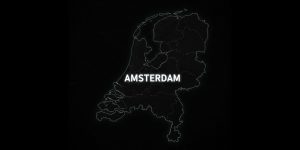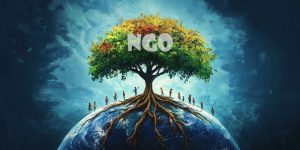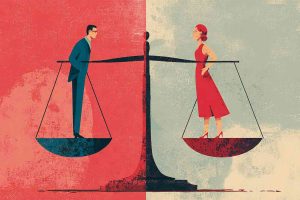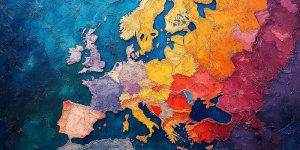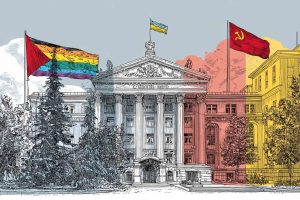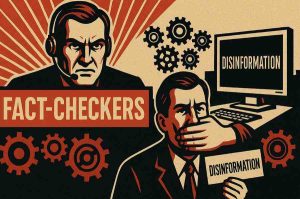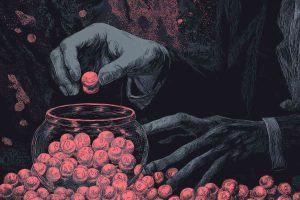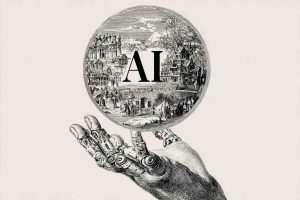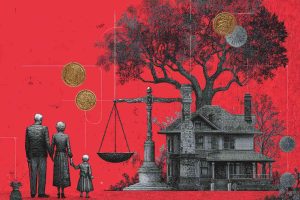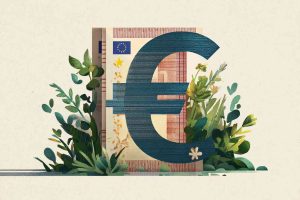When diversity becomes dogma: the hidden coercion of inclusivity
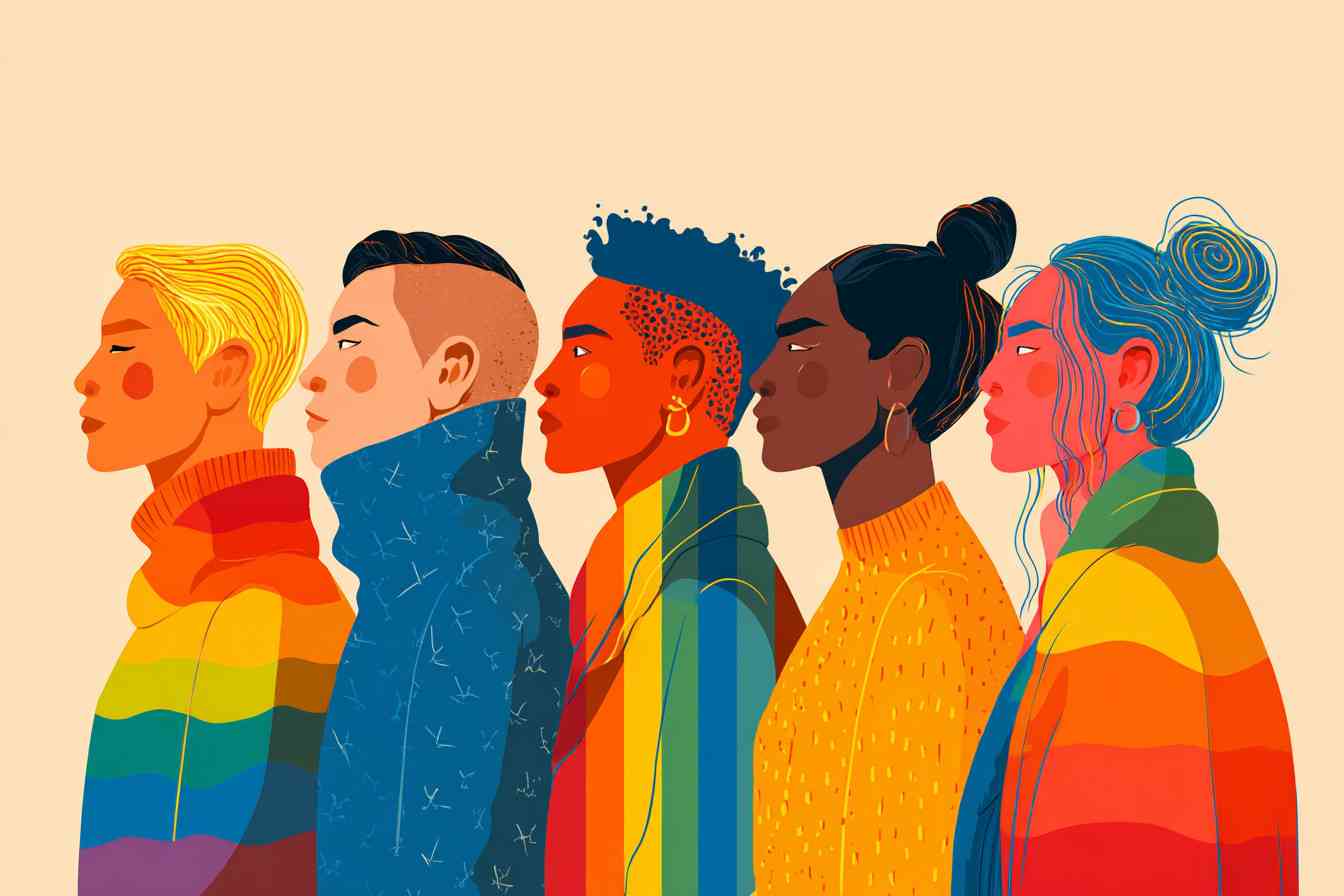
For decades, “diversity” and “inclusivity” were framed as harmless ideals, associated with tolerance and fairness. The promise sounded noble: a society that accepts everyone, where people are judged only on merit, and where prejudice is eradicated. Yet in practice, these concepts have been transformed into political weapons, used to impose ideological conformity, punish dissent, and re-engineer institutions. They have become terms of coercion rather than freedom, where refusal to submit to their shifting definitions invites public shaming, professional ruin, or legal sanction.
From ideals to instruments of power
Diversity once simply meant variety. Inclusivity once meant allowing different people to participate. These straightforward meanings have been replaced by politicised definitions, enforced through workplace policies, media campaigns, and government programmes. In many contexts, “diversity” no longer refers to a broad range of viewpoints or experiences, but to the selective promotion of certain identities that fit an ideological framework, while excluding those that challenge it. The rhetoric of inclusion has paradoxically created new forms of exclusion.
The sociologist Frank Furedi has described this shift as part of a broader trend where language is repurposed to shape behaviour rather than describe reality (What’s Happened to the University?, Frank Furedi). Words that once had descriptive meanings are turned into moral imperatives, their interpretation controlled by cultural gatekeepers. In this environment, to reject a diversity initiative is not merely to disagree with a policy, but to declare oneself morally suspect.
Corporate capture of moral language
One of the most striking features of the modern diversity and inclusivity movement is its rapid adoption by large corporations. On the surface, the motives appear altruistic. Corporations claim to want to create welcoming environments for employees from all backgrounds. Yet this public posture often masks a deeper purpose: reputation management and political alignment.
When multinational companies launch high-profile “inclusive” campaigns, they simultaneously protect themselves from activist criticism, position themselves favourably with governments, and use moral posturing to distract from other business practices. As Thomas Sowell observed in The Vision of the Anointed, adopting fashionable moral language allows institutions to gain status without actually solving real-world problems. A tech company may boast about its diversity programmes while quietly exploiting cheap overseas labour, or a clothing brand may release an “inclusive” marketing line while relying on sweatshop production.
The corporate embrace of these terms also helps standardise a particular worldview, enforced through mandatory training sessions and internal guidelines. Employees are expected not only to tolerate but to actively celebrate approved forms of identity politics. Refusal or even hesitation can be framed as hostility, a pattern that has been documented in multiple employment disputes (Woke, Inc., Vivek Ramaswamy).
How inclusivity creates exclusion
The greatest irony of enforced inclusivity is its capacity to exclude those who do not conform to its ideological demands. Universities, workplaces, and public institutions now routinely prioritise identity criteria over competence in hiring and promotion decisions. The stated aim is to “correct historical injustices” or “rebalance representation,” but the practical effect is often discrimination against individuals who do not belong to favoured groups.
This form of exclusion is defended as morally justified, yet it undermines the principle of equality before the law and erodes merit-based advancement. Research by Heather Mac Donald in The Diversity Delusion shows how such policies can harm the very institutions they aim to improve, lowering academic standards, fuelling resentment, and weakening public trust. When a position is awarded based on demographic targets rather than ability, both the recipient and the institution become vulnerable to accusations of tokenism.
Diversity as a political litmus test
The enforcement of diversity and inclusivity has turned into a political loyalty test. Many organisations require staff to sign “diversity pledges” or submit statements affirming commitment to certain ideological principles. In some academic fields, job applicants must provide “diversity statements” that are evaluated alongside their research credentials. According to a report in The Chronicle of Higher Education, these statements often serve as filters to screen out candidates whose views are deemed politically unacceptable.
This trend is not limited to academia. In media organisations, journalism awards, and arts funding bodies, public commitment to inclusivity and diversity is increasingly a prerequisite for participation. Such requirements have the effect of narrowing the range of acceptable opinion and pushing institutions toward uniformity of thought. Those who disagree risk professional exile.
The emotional blackmail of “being inclusive”
The language of inclusivity is often coupled with emotional pressure. People are told that failure to endorse specific policies or language choices will “harm” others or “erase” their existence. This emotional framing discourages critical debate, since disagreement is recast as a personal attack. In Cynical Theories, Helen Pluckrose and James Lindsay document how activist frameworks use the moral weight of inclusivity to override logical discussion, placing feelings above facts.
This emotional blackmail also discourages nuance. Complex issues such as immigration, gender policy, or historical interpretation are reduced to simplistic binaries of inclusive versus exclusive, tolerant versus intolerant. Those who raise legitimate concerns are pushed into the role of villain, accused of “creating unsafe spaces” or “perpetuating systemic oppression.”
The self-reinforcing cycle
Once institutions adopt a diversity and inclusivity framework, it tends to grow in scope and intensity. Each new measure is justified by the claim that more needs to be done to achieve true inclusivity. Targets become quotas, training becomes mandatory re-education, and speech codes expand to cover new categories. The system becomes self-reinforcing, because questioning it is treated as proof of its necessity.
Public funding and corporate sponsorship often hinge on compliance with these frameworks. A university department that resists adopting inclusivity metrics may risk losing grants. A charity that does not adopt diversity language in its communications may be denied corporate partnerships. As a result, many organisations adopt the rhetoric not out of conviction, but out of institutional self-preservation.
Cultural fragmentation
The obsession with diversity in its politicised form can fragment societies rather than unify them. When people are encouraged to see themselves primarily as members of demographic groups, shared civic identity weakens. Group-based grievance politics fosters competition for victim status, since recognised victimhood brings social and institutional advantages.
This dynamic has been observed in multiple multicultural societies. In Canada, for example, diversity rhetoric is woven into national identity, yet it has coincided with growing regional, linguistic, and cultural divisions. In the United Kingdom, diversity policies in policing and education have sometimes deepened ethnic segregation rather than reduced it (The British Dream, David Goodhart). In the United States, workplace diversity programmes have at times increased racial tension by encouraging employees to focus on identity categories.
Historical echoes: virtue words as instruments of conformity
The use of morally charged slogans to enforce conformity is not unique to the modern West. History provides numerous examples of regimes that elevated virtue words into tools of control, masking authoritarian practices behind appealing rhetoric.
The Soviet Union and “unity”
In the Soviet Union, slogans like “unity of the people” and “solidarity” were omnipresent. On the surface, these words represented noble ideals of cooperation and equality. In practice, they demanded total submission to Communist Party doctrine. Any expression of independent thought could be branded as divisive or counter-revolutionary. As Aleksandr Solzhenitsyn described in The Gulag Archipelago, even private scepticism could be grounds for punishment. “Unity” became a word of terror, wielded not to bring people together, but to suppress individuality.
Maoist China and the “Cultural Revolution”
During the Cultural Revolution in China, inclusivity was framed in terms of class struggle. The slogan “serve the people” masked brutal purges of intellectuals and those deemed insufficiently loyal to Maoist ideology. Students and workers were encouraged to denounce their peers, colleagues, and even family members who failed to display enough revolutionary enthusiasm. Public humiliation and “struggle sessions” mirrored today’s cancel culture in their demand for confessions, apologies, and re-education. Words that sounded benevolent served as gateways to coercion (Mao’s Last Revolution, Roderick MacFarquhar).
The French Revolution and “fraternity”
Even the French Revolution, with its famous slogan “liberté, égalité, fraternité,” illustrates how virtue words can turn violent. While liberty and equality were claimed as universal rights, fraternity was used to justify the exclusion and execution of “enemies of the people.” The Reign of Terror relied on moralistic language to legitimise censorship and the guillotine. Those who questioned revolutionary excess were cast as betrayers of fraternity itself (Citizens: A Chronicle of the French Revolution, Simon Schama).
Parallels to today’s inclusivity
The parallels to modern diversity and inclusivity rhetoric are not identical, but they are instructive. In each case, virtue words provided moral cover for coercion. They discouraged dissent by framing opposition as inherently immoral. They created categories of insiders and outsiders, loyalists and traitors, included and excluded. The same mechanism operates today when disagreement with inclusivity frameworks is treated as hostility toward humanity itself.
Weaponised tolerance
At the heart of the diversity and inclusivity paradigm lies a paradox. Tolerance is presented as the highest virtue, yet it is applied selectively. Those who do not embrace the prevailing ideological definitions are excluded, censored, or vilified. The result is not a truly open society, but a controlled one, where permitted diversity exists only within approved boundaries.
George Orwell warned of such manipulation in Politics and the English Language, where political language is designed to make lies sound truthful and to give an appearance of solidity to pure wind. Today, the language of diversity and inclusivity often serves that function, obscuring the coercive nature of the systems it describes.
Resisting the rhetoric
Resisting the misuse of diversity and inclusivity does not mean opposing fairness or equal treatment. It means challenging the idea that these values must be defined and enforced by centralised authorities or corporate HR departments. It means restoring the principle that people should be treated as individuals, not as interchangeable representatives of demographic categories.
This resistance requires courage, because the cost of dissent can be high. Whistleblowers have lost jobs, academics have been blacklisted, and public figures have been “deplatformed” for questioning diversity orthodoxy. Yet without such resistance, the moral language of inclusion will continue to be used as a tool of control.
A fragile promise betrayed
Diversity and inclusivity are powerful words, capable of inspiring genuine human connection when applied honestly. But in the current climate, they are too often hollow slogans, concealing coercion behind a veneer of virtue. They have become instruments of ideological enforcement, used to reshape society according to a narrow set of political beliefs. By recognising the difference between true openness and enforced conformity, individuals and institutions can begin to reclaim the freedom these terms once promised.

